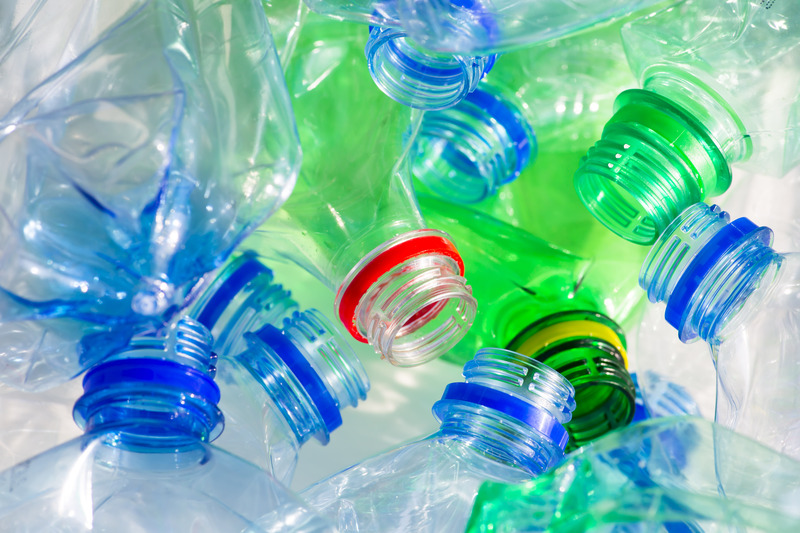Navigating Disposal Options for Abandoned Chargers: A Comprehensive Guide
In the increasingly digital era, abandoned chargers are cluttering our homes, offices, and ultimately, the environment. Most people own multiple electronic devices, which often translates into a surplus of outdated, broken, or extra charging cables and adapters. The question arises: What should we do with these unused chargers? Disposing of chargers responsibly is vital for environmental health and resource conservation. This article delves into various disposal strategies for abandoned chargers, provides actionable steps for consumers, and discusses the broader impact of electronic waste.

Understanding the Issue: Why Proper Disposal of Chargers Matters
Chargers might seem like insignificant bits of tech, but collectively, electronic waste (e-waste) is a mounting global problem. According to the Global E-waste Monitor, more than 57 million tons of e-waste is generated worldwide each year. Chargers, power adapters, and cables contribute significantly to this figure.
- Environmental Impact: Chargers are typically made of plastics, metals, and small circuit boards. Improper disposal can lead to hazardous chemicals leaching into soil and groundwater.
- Resource Loss: Chargers often contain copper, aluminum, and sometimes even trace amounts of precious metals that could be recycled.
- Legal Requirements: Certain regions have e-waste management regulations, making proper disposal of chargers not just good practice, but a legal responsibility.
For those looking to dispose of old chargers sustainably, there are several pathways to explore. Let's examine them in detail.
Option 1: Recycling Programs for Chargers
Local E-Waste Collection Events
Many municipalities and environmental organizations host regular electronic waste collection days. These events are convenient drop-off opportunities for a wide array of electronics, including abandoned charging cables and adapters.
- Check Local Schedules: Visit your city or county website to find information on upcoming e-waste collection events.
- Accepted Items: Ensure chargers are on the list of accepted items, as some events may be limited to larger electronics.
Retail Drop-Off Initiatives
Many electronics retailers have in-store recycling bins specifically for small e-waste, such as chargers and cords.
- National Chains: Stores like Best Buy, Staples, and Home Depot often accept chargers for recycling.
- Convenient and Reliable: Typically, these drop-off points are free and don't require any purchase.
Check the store's website or contact customer service for policies on their charger recycling programs.
Option 2: Manufacturer Takeback and Mail-Back Programs
Tech companies increasingly recognize their role in e-waste management. Many now offer takeback or mail-back programs for outdated chargers.
- Apple: The company runs its Apple Recycling Program, where you can drop off or mail old Apple chargers and cables for proper recycling.
- Dell: Dell offers free mail-back options for old electronics, including power adapters and charging cords.
- Samsung and Others: Similar takeback schemes exist with most major electronics manufacturers.
Participating in these programs ensures that abandoned phone chargers and cables are processed according to environmental standards.
Option 3: Charitable Donation and Reuse
Donating Working Chargers
Just because a charger is abandoned in your drawer does not mean it's unusable. Many organizations and schools accept functional chargers for redistribution. This not only helps reduce e-waste but also benefits communities in need.
- Community Centers and Schools: Educational and community programs often need extra chargers for devices used by children and adults.
- Nonprofits: Organizations like the National Cristina Foundation facilitate the donation of working electronics, including adapters and chargers.
Peer-to-Peer Giving Platforms
Online platforms such as Freecycle, Craigslist Free Stuff, and local Facebook groups are effective for passing on unwanted chargers to someone who can use them. It's a simple, sustainable way to keep functional electronics in use and out of the landfill.
Option 4: Creative Upcycling and Repurposing
For the crafty and creative, old chargers can have a second life beyond their original use. Repurposing abandoned charging cables into new objects is both eco-friendly and fun!
- Cable Art: Use the flexible wires inside to create jewelry, sculptures, or art pieces.
- Ties and Organizers: Old cables can sometimes be transformed into cord organizers or plant ties.
- DIY Projects: Some tech-savvy individuals harvest components from old chargers for DIY electronics or robotics projects.
If upcycling appeals to you, there are dozens of tutorials online for innovative ways to reuse cables and adapters, extending their usefulness.
Option 5: Proper Disposal as Hazardous Waste
When chargers are no longer functional and cannot be reused or recycled locally, it's crucial not to toss them in household trash. Chargers contain plastics, metals, and sometimes harmful chemicals. Check if your area requires disposal of chargers as hazardous household waste.
- Contact Local Waste Management: Most local waste management offices offer guidance on how to safely discard e-waste.
- Specialist Disposal Services: Some companies specialize in the safe disposal and deconstruction of small electronics like chargers.
Improper disposal can result in fires in waste facilities or toxic substances entering the environment. Always follow local guidelines for hazardous waste handling.
Legal and Regulatory Considerations in Charger Disposal
Disposal of abandoned charging cables and adapters is governed by e-waste regulations in many areas. The rules differ widely:
- European Union: The WEEE Directive mandates that electronics must be recycled and collected separately from regular waste.
- United States: While federal regulation is limited, many states have their own strict e-waste recycling laws.
- Rest of World: Many countries are introducing or updating e-waste legislation to curb environmental damage.
Being informed about the legal disposal requirements for chargers in your region can help you avoid fines and contribute to environmental sustainability.
Best Practices for Responsible Charger Disposal
Audit Your Inventory
Periodically evaluate chargers, cords, and adapters you have accumulated. Identify which are truly abandoned or obsolete. This ensures that only truly unused or nonfunctional chargers enter the disposal process.
Consolidate Before Disposing
Many people have redundant chargers due to buying new devices. Keep one or two universal chargers and responsibly dispose of extras instead of holding onto excessive backups "just in case."
Research Disposal Options
Before discarding, quickly look up the nearest recycling, drop-off, or donation location. That bit of extra effort means fewer chargers ending up in landfills.
Erase Data if Present
Rare, but some newer "smart" chargers or power adapters with USB-C/Lightning firmware may contain sensitive configuration data. For such chargers, follow proper procedures to erase data.
The Environmental Impact of Charger Waste
Resource Extraction and Pollution
Production of chargers uses metals like copper and aluminum, as well as plastics, all of which have a significant environmental footprint. Improperly disposed chargers contribute to pollution and wasted materials.
Reducing Your Charger Footprint
For consumers looking to diminish their e-waste contribution:
- Purchase only necessary chargers. Utilize multi-device or universal chargers whenever possible.
- Repair, don't replace. When feasible, fix a broken charger or cable rather than discarding it.
- Advocate for change. Support manufacturers that offer sustainable practices and design for longevity.

Frequently Asked Questions on Disposing Abandoned Chargers
Can I Place Chargers in the Regular Trash?
No. Chargers should never be disposed of with household garbage. They are classified as e-waste due to their material composition.
Are Chargers Accepted in Curbside Recycling?
Generally, no. Most curbside recycling programs do not accept small electronics or chargers. Use e-waste collection points or retail drop-offs.
What Happens to Recycled Chargers?
After collection, chargers are shredded, sorted, and valuable metals are recovered. Plastics may be recycled or incinerated for energy.
Conclusion: Turning Old Chargers Into a Green Opportunity
Navigating the disposal options for abandoned chargers is about much more than just getting rid of clutter. It's about environmental stewardship, resource efficiency, and making informed choices. By taking the right steps -- from recycling and donating to repurposing or responsible hazardous waste handling -- we contribute to a cleaner, greener planet.
Take a moment to sort through your drawer of old chargers and select the best disposal method. Every action, no matter how small, helps reduce the growing e-waste crisis and paves the way for a more sustainable digital future.
- Find a local recycling program.
- Donate working chargers to a good cause.
- Get creative with upcycling projects.
- Stay informed on safe, legal disposal practices.
With collective action, we can ensure that disposal of abandoned phone chargers becomes routine, responsible, and resourceful. Start today!